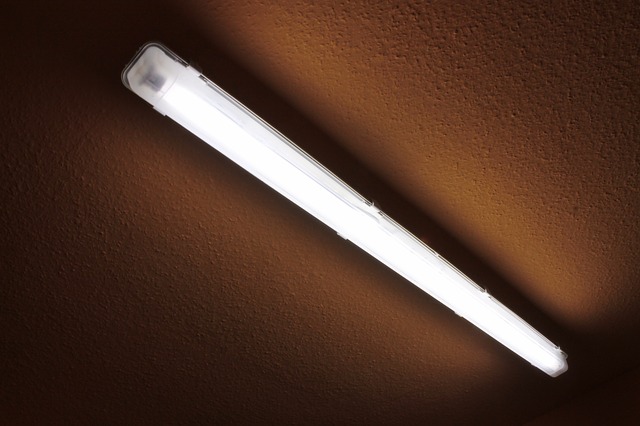It wasn’t too long ago when I, Dr. Bulb, was completely against the use of LED tubes. Back then, T8 LED retrofit tube lights had not advanced to the point where it made sense to use them in place of T8 fluorescent tubes. LED tubes, or TLEDs as they are becoming known as, were less efficient, did not last as long, and were more expensive than high performance T8 fluorescent lamps and ballasts. Who would want that?
This is no longer true.
TLED technology has advanced and is now a cost effective solution when retrofitting T12 and T8 linear fluorescent fixtures. Until now, most T8 LED retrofit tube lights required a linear fluorescent ballast. Why is this a problem? For one, if you were to use the existing ballast in the fixture, it would typically fail before the LED retrofit lamps fail. This causes additional maintenance and cost. The alternative was installing new T8 fluorescent ballasts, but that added significant expense. If it was a T12 retrofit, it required the installation of a new T8 fluorescent ballast. Obviously this negates the value of the T8 retrofit tubes.
Many TLEDs are now manufactured with integral drivers, also known as integrated drivers. This prevents the complications that come with TLEDs and ballasts. If there ever is an issue, it simplifies troubleshooting. Better yet, the TLEDs are easy to install. After the old ballast is removed from the fixture, the retrofit lamps connect directly to line voltage.
TLEDs with integral drivers are now available for less than $15 per lamp. Extra savings come from the elimination of ballasts. This makes them a cost-effective and energy-efficient alternative to T8 and T12 fluorescent lamps. In average office use, the LED lamps will pay for themselves in approximately a year, and even sooner with rebates.
Don’t forget that not all TLEDs are created equal! While it makes sense to use TLEDs, it’s important to make sure you’re purchasing the correct lamps at the right price.



